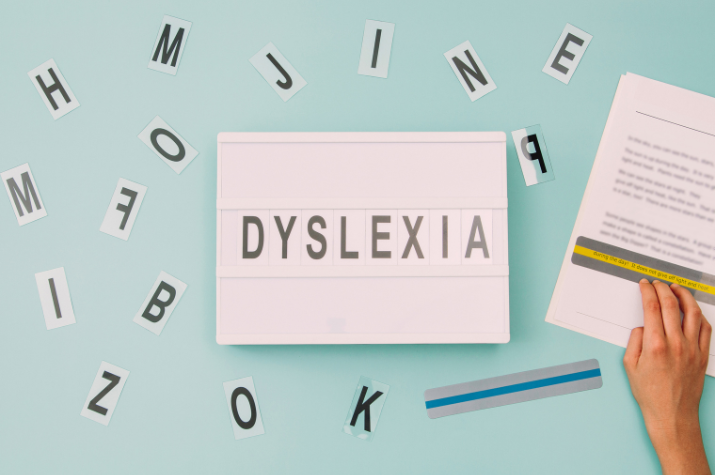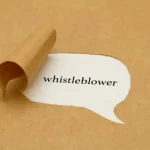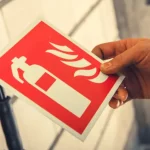
Dyslexia is a complex learning disability that affects reading and language processing, impacting individuals’ academic and social lives.
Early identification and intervention are crucial for supporting those with dyslexia effectively. However, assessing dyslexia requires careful consideration and a comprehensive approach.
Here, we outline seven best practices for conducting thorough dyslexia assessments.
Recognize the Signs of Dyslexia
Dyslexia is more than just a learning disorder. It is a complex neurological condition that is present from birth. For this reason, you may be able to see early signs of dyslexia in kids who have not yet reached school age.
Early indicators of dyslexia include:
- Speech delay
- Pronunciation trouble
- Inability to recognize rhyming words
- Frequently forgetting words
- Problems remembering the alphabet
Choose the Right Assessment Test
Companies like WPS offer many dyslexia assessment tests. Because people of any age can be diagnosed with dyslexia, choosing an age-appropriate test that measures the proper factors is important. Each test must meet the following criteria:
- Reliable
- Valid
- Sensitive
- Specific
Dyslexia can manifest in many ways, so no two children with the disorder present the same symptoms. Each dyslexia assessment test focuses on a specific lagging skill to pinpoint a child’s abilities and struggles. Because there is such a broad range of needs when it comes to assessment tests, WPS offers a variety of assessment packages aimed at different ages for kids with various struggles.
Comprehensive assessments such as the Tests of Dyslexia (TOD™) focus on lagging reading and problem-solving skills. WPS also has the Phonological and Print Scale, which measures a child’s knowledge of phonics and ability to print well. The Gray Oral Reading Test measures the ability to speak with age-appropriate vocabulary and pronunciation. Other resources include:
- Early Reading Assessment (TERA-4)
- Comprehensive Assessment of Spoken Language (CASL-2)
- Oral and Written Language Scales (OWLS-II)
A specific dyslexia diagnosis is crucial for early intervention. To ensure a proper diagnosis, multiple assessments may be necessary to measure numerous lagging skills.
Take Steps for Intervention
Although dyslexia is not a disease to be cured and kids who have this disorder will have it throughout their lives, there are steps you can take to help them overcome their struggles in school.
Focusing on phonetics and how words are built is one effective strategy with many evidence-based studies. It also helps when students learn how to sound out words and blend them.
Overcoming struggles with dyslexia is difficult but not impossible. Encourage kids to practice frequently and study the individual rules of phonetics so they can discover which strategies work for them. With plenty of patience and practice, kids can learn new ways to compensate for their disability and have an easier time in school.
Early intervention for dyslexia is key for setting kids up for a brighter future. By using the right assessment tools, you can make a quick diagnosis and prepare interventions that will make it easier for kids to succeed in school.
Read also: Social Anxiety Challenges at School: Navigating the Path to Growth
7 Practices for Dyslexia Assessment Tests

1. Multidisciplinary Collaboration
A successful dyslexia assessment involves a team of professionals, including psychologists, educators, speech-language pathologists, and other specialists. Each member brings unique expertise, contributing to a comprehensive understanding of the individual’s strengths and challenges. Collaboration ensures that assessment methods cover various aspects of dyslexia, such as cognitive abilities, language skills, and educational performance.
2. Use of Standardized Tools
Standardized assessment tools offer reliable and valid measures for identifying dyslexia. These tools undergo rigorous testing and are normed on a representative sample of the population. By using standardized tools, assessors can obtain objective data, enhancing the accuracy of diagnosis and intervention planning. Commonly used instruments include the Woodcock-Johnson Tests of Achievement and the Comprehensive Test of Phonological Processing.
3. Dynamic Assessment Techniques
In addition to standardized measures, dynamic assessment techniques provide valuable insights into an individual’s learning potential and response to instruction. Dynamic assessment involves interactive tasks that assess the individual’s ability to learn with support. For example, assessors may use tasks involving phonological awareness and decoding while providing scaffolding and feedback. Dynamic assessment not only identifies areas of difficulty but also informs tailored intervention strategies.
Read more: 6 Creative Ways You Can Document Your Child’s Growth
4. Consideration of Developmental and Cultural Factors
Dyslexia assessments must consider developmental and cultural factors that may influence reading and language skills. Developmental milestones vary among individuals, and assessors must account for age-appropriate expectations. Moreover, cultural and linguistic diversity can impact language acquisition and literacy development. Using culturally sensitive assessment tools and considering the individual’s background ensures a comprehensive evaluation.
5. Observation and Contextual Information
Observing the individual’s reading behaviors in naturalistic settings provides valuable contextual information for dyslexia assessment. Observations may occur in the classroom, home environment, or during literacy activities. Assessors observe reading fluency, accuracy, comprehension strategies, and emotional reactions to reading challenges. Gathering information from teachers, parents, and caregivers enhances the assessment process and informs intervention planning.
6. Differential Diagnosis and Co-occurring Conditions
Dyslexia often coexists with other learning disabilities, ADHD, and language disorders. A thorough assessment should include screening for these conditions to ensure comprehensive intervention planning. Differential diagnosis involves distinguishing dyslexia from other disorders with similar symptoms, such as dysgraphia and dyscalculia. Assessors use a combination of assessments and clinical judgment to differentiate between disorders and provide tailored support.
7. Ongoing Monitoring and Progress Evaluation
Dyslexia assessment is an ongoing process that includes monitoring progress and evaluating intervention effectiveness. After diagnosis, individuals benefit from regular progress monitoring to assess the effectiveness of interventions. Progress monitoring involves assessing reading skills, academic achievement, and intervention response. By tracking progress over time, educators and clinicians can adjust strategies as needed, ensuring optimal outcomes for individuals with dyslexia.
Conclusion
Effective dyslexia assessment is essential for identifying individuals with dyslexia, understanding their needs, and providing appropriate support.
By following best practices, including multidisciplinary collaboration, standardized assessment tools, dynamic techniques, consideration of developmental and cultural factors, observation, differential diagnosis, and ongoing monitoring, assessors can ensure accurate diagnosis and tailored intervention.
Ultimately, a comprehensive assessment lays the groundwork for effective intervention and enables individuals with dyslexia to achieve academic success and reach their full potential.
About The Author:
Aurelian Luke is a health advisor passionate about holistic well-being. With expertise in nutrition and fitness, he empowers individuals to prioritize preventive care and balanced living. Through his writing and consultations, Aurelian aims to inspire others on their journey to optimal health. Outside of work, he enjoys nature walks and creating nutritious recipes.




